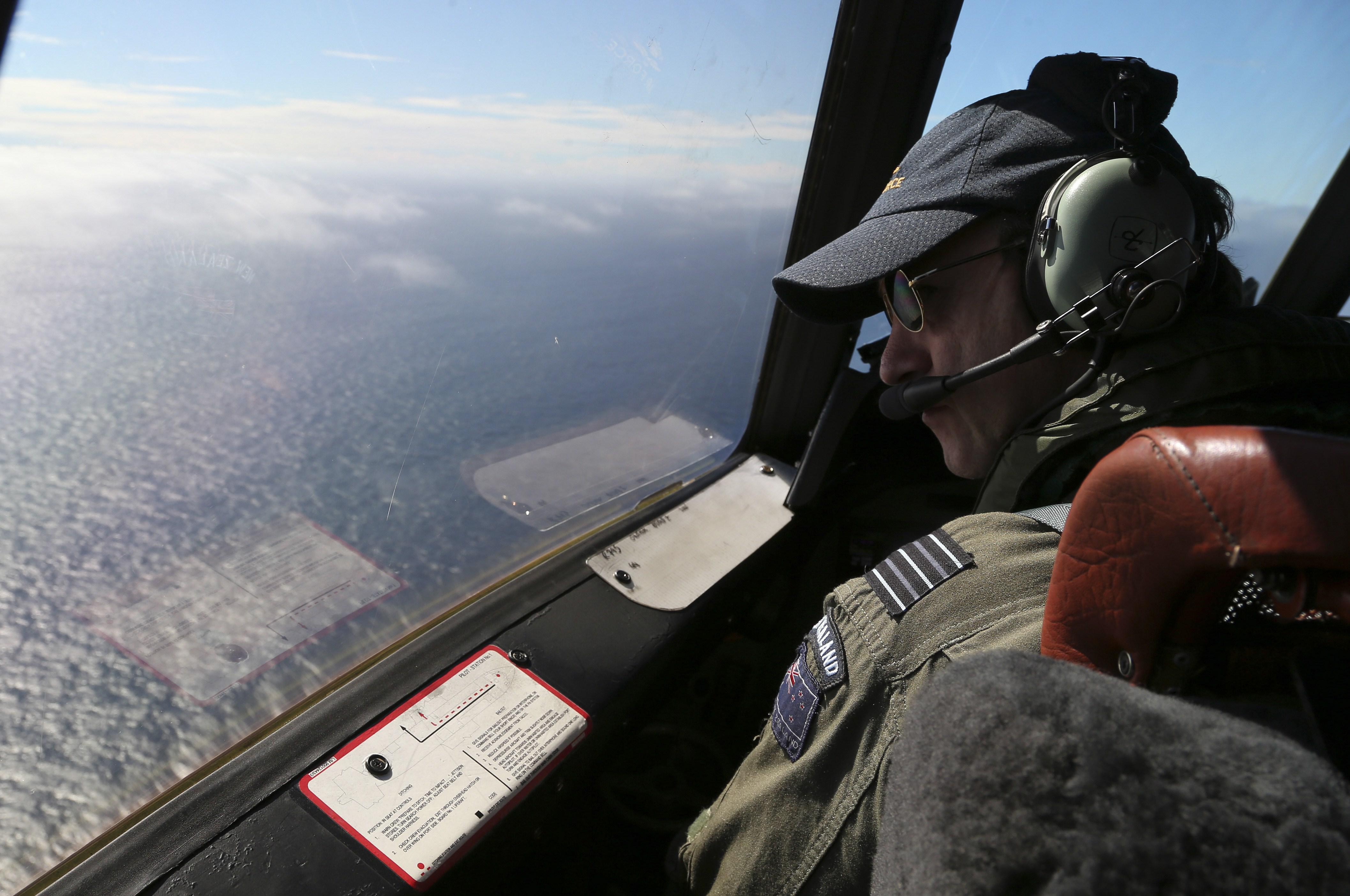Nick Perry of the AP points out today that one factor complicating the search for Malaysia Airlines Flight 370 is the sheer quantity of garbage floating in the Ocean:
Sometimes the object spotted in the water is a snarled fishing line. Or a buoy. Or something that might once have been the lid to an ice box. Not once - not yet at least - has it been a clue.
Anticipation has repeatedly turned into frustration in the search for signs of Flight 370 as objects spotted from planes in a new search area west of Australia have turned out to be garbage. Not only is the trash a time-wasting distraction for air and sea crews searching for debris from the Malaysia Airlines flight that vanished March 8, it also points to wider problems in the world’s oceans.
The most potent symbol of this problem is the Great Pacific Garbage Patch—a sprawling gyre of plastic flotsam about the size of Texas, publicized in recent years by the racing ship captain and oceanographer Charles Moore. Similar vortexes of trash have been identified in the North Atlantic as well as the Indian Ocean, where the plane is most likely lost.
As a 2004 paper from the British Antarctic Survey noted, “Household plastic items are now chiefly made in SE Asia and their use in that area where there is a very large human population density in contact with a large coastline results in disposable plastic items entering the surrounding seas.” According to the report, “hermit crabs on such remote Indian Ocean shores are even starting to use debris instead of the more usual gastropod shells as debris is so abundant.” Household goods spilled from container ships add to the array of debris.
The popular term “garbage patch” is actually misleading, as it implies a solid and visually identifiable accumulation of trash. The patches are actually diffuse areas of high plastic concentration spun together by ocean gyres, and the debris is only intermittently visible from the surface.
In light of the area where the search for the plane is now taking place, the phrase “needle in a haystack” seems inadequate. This is a search for plastic debris in a plastic debris field.
